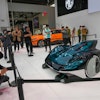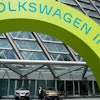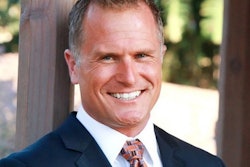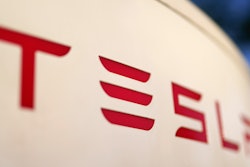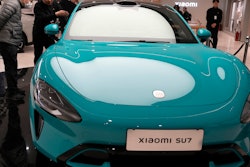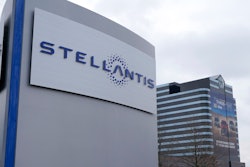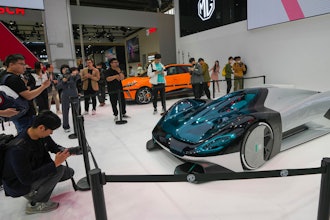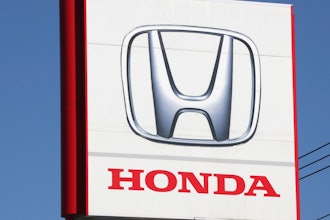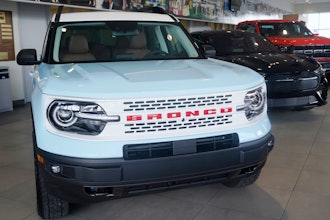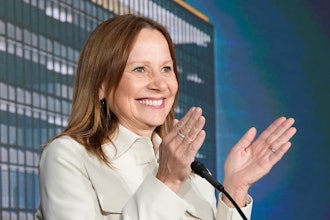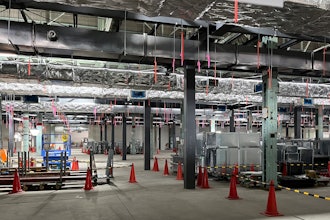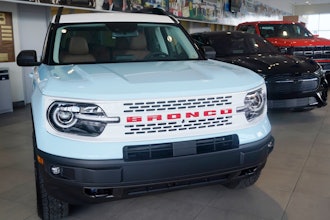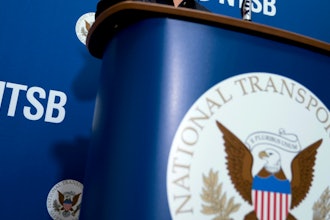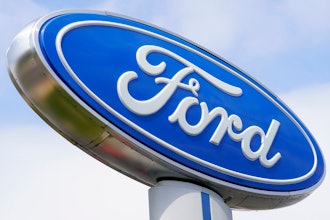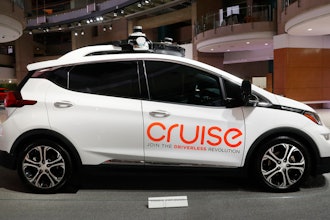TACOMA, Wash. (AP) -- Without specific directions, it's difficult to find Global Locomotive. The nearest town, Western Junction, doesn't appear on many maps. And the last half-mile to the company headquarters southeast of Olympia follows a gravel road through the woods to a metal industrial building beside the old Chehalis Western Railroad tracks.
But despite its low-profile location, the three-month-old locomotive company, as its names signals, has global ambitions to produce environmentally friendly locomotives for world markets.
The company in several ways is the spiritual successor to Tacoma's Coast Engine and Equipment Co., the 62-year-old Tideflats locomotive and railcar repair and rebuilding facility that closed last summer.
Global's president, Dave Swanson, was president of CEECO, and several of its 15 employees are former CEECO workers.
Its first big job is modernizing decades-old narrow-gauge diesel locomotives for the world's most popular tourist railroad, Skagway, Alaska's White Pass & Yukon Route. It's building on work done at CEECO just before it closed.
But Global is pursuing a different market than CEECO. Instead of earning its bread and butter repairing locomotives and rail cars, Global is focusing on retrofitting older locomotives with new mechanical, electrical and computer systems that allow those locomotives to meet modern-day emissions and fuel-economy benchmarks.
The repair business that CEECO pursued is dead, at least until the economy revives and shipping between the U.S. and Asia increases.
When CEECO closed its doors, Swanson looked for a market untouched by declining freight traffic. He found one -- building fuel-efficient, low-pollution locomotives. That market was driven not so much by freight volumes, but by federal and state rules limiting emissions and by federal and state grants to railroads who re-equip their fleets with newer technology.
So even in a recession, railroads are buying environmentally friendly locomotives. In some instances, government is paying 50 percent of the cost of bringing out that new technology, he said.
But Swanson needed a place to do the work that was on a rail line and was equipped to handle the heavy work involved in rebuilding locomotives. He found it in a locomotive shop built by Weyerhaeuser's Chehalis Western Railroad in the late 1960s to repair its own fleet of locomotives and logging rail cars. City-owned Tacoma Rail now owns the Chehalis Western and its shop.
CEECO itself had leased the facility for a few years, and then luxury train operator American Orient Express rented the facility to maintain its luxury rail cars. When American Orient Express ended its lease, the facility stood vacant for several years. Global leased it last fall.
Global's plan for retrofitting locomotives is built around modern diesels built by the Cummins Engine Co. Those diesels have been used in construction and earth-moving equipment, so they have a track record of durability, Swanson said. Global, along with engineers from Cummins Northwest, has re-equipped those engines to specifically deal with the rigors of locomotive use.
One of those issues is the severe jolting that engines and their control systems receive when they're switching cars or taking up the slack in a train.
Global is fitting Cummins diesels in the locomotives from White Pass & Yukon. The conversion raises the locomotives' horsepower from the 930 of their '50s vintage engines to 1,450. Modern microprocessor controls allow more of that power to get to the rails. The total adhesive force of the remodeled locomotives is 30 percent greater than that of the old models, Swanson said.
Gary Danielson, White Pass & Yukon Route president, said the railroad can now use two refitted engines to do the work that three did before. In the first few months of tourist train work, the remodeled locomotives consumed 28 percent less fuel despite their higher power, he said.
The re-equipped engines are so much more powerful, he said, that at the end of the season, the railroad pulled a 24-car train up the steep rail line from Skagway to Canada without the engines even straining. That rail line sees a 3,000-foot elevation gain in just 20 miles.
White Pass & Yukon plans to ship several of its vintage locomotives to Global each fall for rehabilitation until the remaining nine are finished. The railroad might also re-equip its ALCO locomotives with new power if a new mine opens in Canada that will use the White Pass to take ore or concentrate to the docks.
Beyond the White Pass & Yukon contract, Global is making sales presentations to both domestic and overseas railroads that need to repower their fleets with clean and fuel-efficient engines.
Global isn't alone in that field. Several larger rail equipment repair and fabrication companies are building new-technology locomotives. Among those is Progress Rail Services, a nationwide company that has leased the former CEECO site from the Port of Tacoma. Progress and its major competitors, including National Railway Equipment Co. and Boise's MotivePower, produce what's known as "genset" locomotives that use multiple diesel engines originally designed for trucks to power locomotives.
Swanson believes the larger, heavy-duty Cummins engines will prove more durable and better-suited to the rigors of railroad use than the typical genset engines.
The major North American locomotive manufacturers, General Electric and EMD, are also building new locomotives that meet new emissions and fuel economy standards, but the cost of new locomotives is perhaps 60 percent more than updated locomotives.
Global's experience in rebuilding the White Pass narrow gauge locomotives, Swanson believes, will give the company a leg up in providing rebuilt motive power for railroads with nonstandard gauges. Gauge is the distance between the inside edges of the two rails in a track.
Railroads in Australia, for instance, use three different gauges. In New Zealand, trains run on narrow-gauge track. In South America and Africa and Southeast Asia, trains run on tracks other than the so-called standard gauge -- the 4 feet, 8 1/2 inches between the rails used in the United States and on 60 percent of the world's railroad tracks.
The company has business connections in Australia and New Zealand where much of the engineering work was done for the White Pass upgrades.
"We're working hard on winning new business," said Swanson. "I expect we'll be making some announcements soon."


